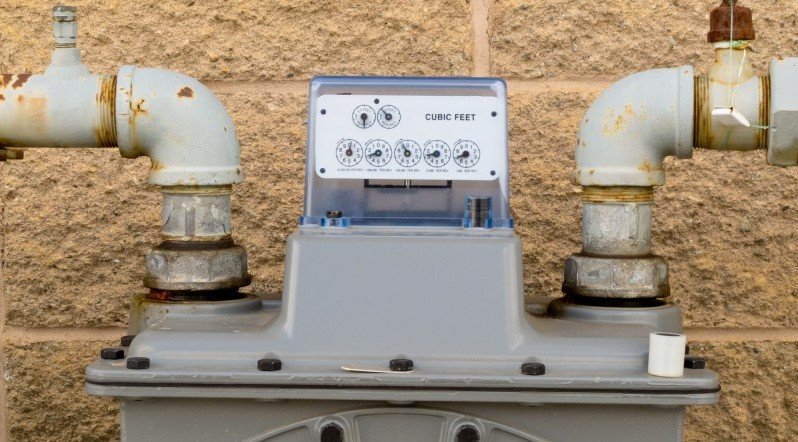Natural Gas Components – Natural gas is one of the most popular fuels available for residential energy customers. The most common residential uses of natural gas are for space heating, water heating, fireplaces, cooking and clothes drying. According us the U.S. Energy Information Administration, 55% of all households use natural gas as fuel source. Because space heating is the primary end-use, climate is a major driver in the prevalence of residential natural gas use. For example, 88% of New Jersey homes use natural gas as a fuel source while only 14% of Florida homes do so. On a Btu basis, residential energy consumers use more natural gas than electricity (4.7 vs. 4.4 quadrillion Btu).
Natural gas bill components and bill formats vary across the country. However, most local distribution companies and utilities follow a common approach when it comes to billing natural gas service. The three main categories of charges include gas supply, gas delivery, and taxes/regulatory charges.
Natural Gas Supply
Gas supply charges are based on how much gas was consumed by the residential customer. Quantity is always a topic that needs clarification. Natural gas is metered in physical volume. The unit of measure is often ccf, which stands for hundred cubic feet. Gas utilities, however, usually bill on the energy value of the natural gas consumed rather than its volume. A common unit of measure is the therm. A therm is equivalent to 100,000 Btu. To convert metered gas (ccf) to billable gas (therms), the gas utility applies a conversion factor that reflects the energy content of the natural gas that they deliver. In 2013, the nationwide conversion factor was 1 ccf = 1.025 therm. Gas utilities will typically show the conversion factor on the bill statement.
The gas supply charge is also based on the utility’s cost to procure gas. In most cases, this billing component is treated as a pass-through charge to the customer and does not include any markup. If a residential customer lives in a service area that allows retail customer choice, the rate is set forth in the agreement they entered into with their gas supplier.
Natural Gas Delivery
The second category of charges on a residential natural gas bill is delivery. These charges are tied to the service the local distribution company performs by transporting natural gas across its distribution system for delivery to the customer’s residence. This is where the utility is permitted to earn a regulated rate of return. State and/or local regulatory authorities approve tariffs for billing these charges. This category can include non-usage based charges such as a customer charge, meter fee, or merchant function charge. Usage based delivery charges include distribution, balancing, and weather normalization.
Other Gas Bill Charges
The third and final category of natural gas bill components is taxes/regulatory charges. This is a broad category and varies greatly between regulatory jurisdictions. Examples of taxes include state and local sales tax, gross receipts tax, and franchise fees. Other regulatory fees included in this section of the bill could include assessments for system benefit funds, renewable energy programs, and asset securitization related to deregulation.
In summary, tariffs and statutes determine the delivery charges and taxes/regulatory charges. Customers with retail natural gas choice have the option of receiving their gas supply from the utility or selecting an alternative supplier. This will only affect the gas supply portion of their monthly bill but shopping for a low gas rate can make a big difference on their bill. Residential energy consumers who do not have natural gas retail choice can still minimize their natural gas bill through conservation and home energy efficiency improvements.



I think we’ll look into whether we have the option to shop around for our gas and get a low rate or not! We just barely moved to a new home that is gas heated and would love it if we could choose a low rate. Do you know if we’d have to go to the city or county to find out if we can use a retailer for gas or if there’s another place that we should go?
In Georgia, natural gas deregulation applies exclusively to Atlanta Gas Light’s Company’s (AGLC) service area. Therefore, only those customers who reside in the AGLC service area have the ability to choose their natural gas retailer.